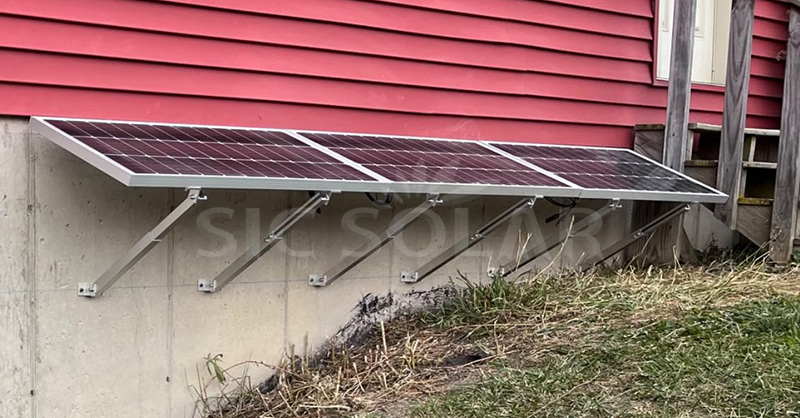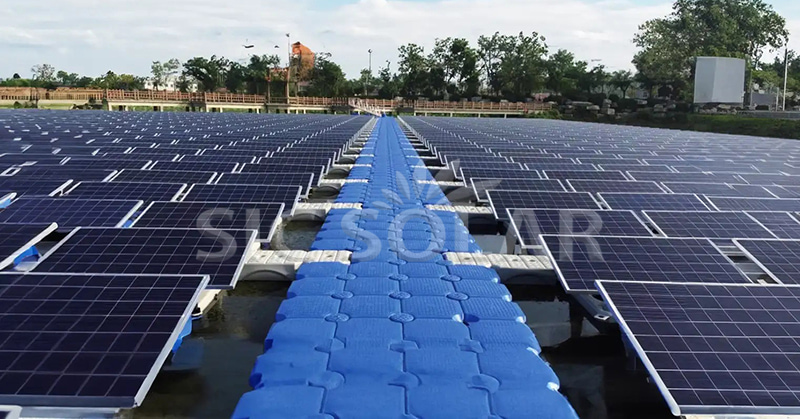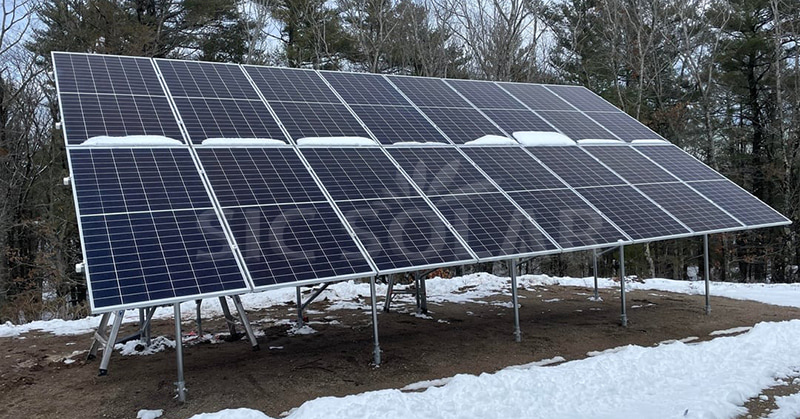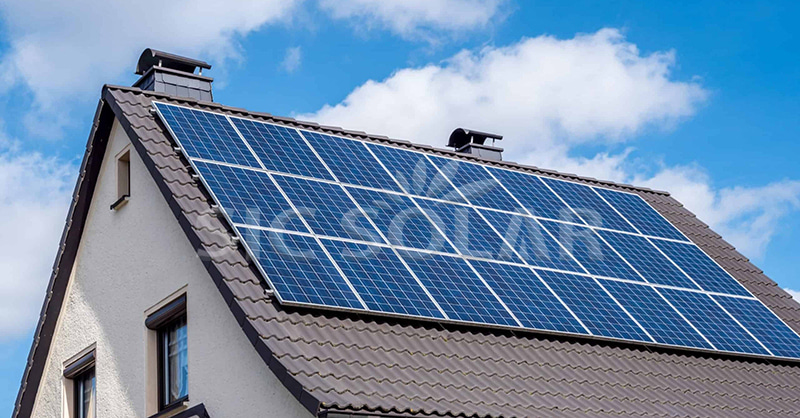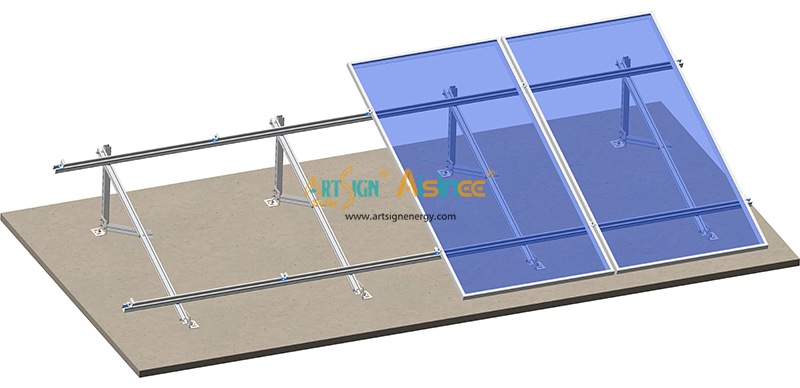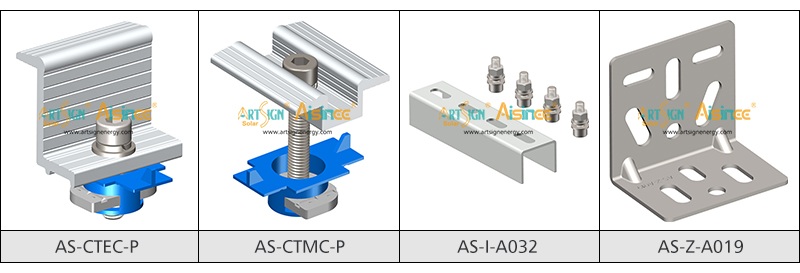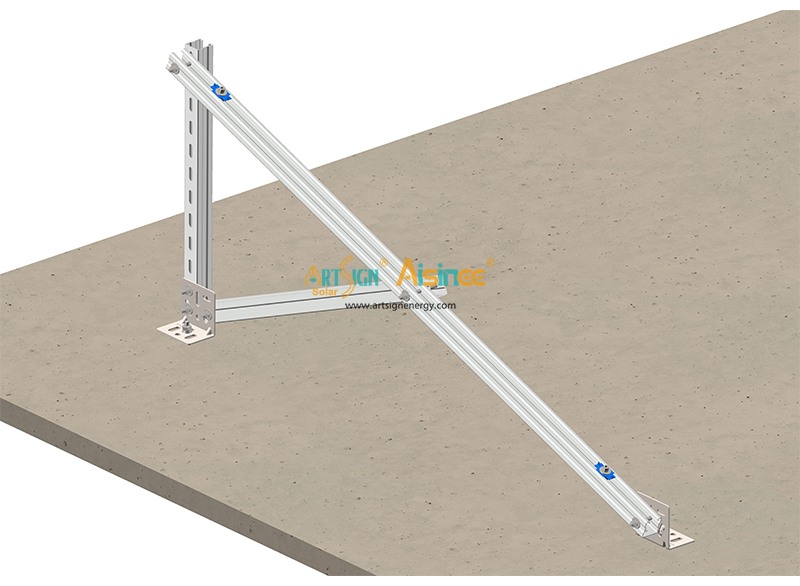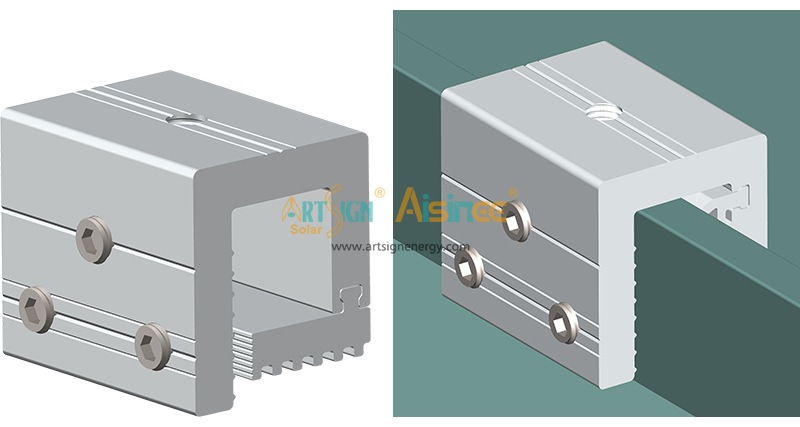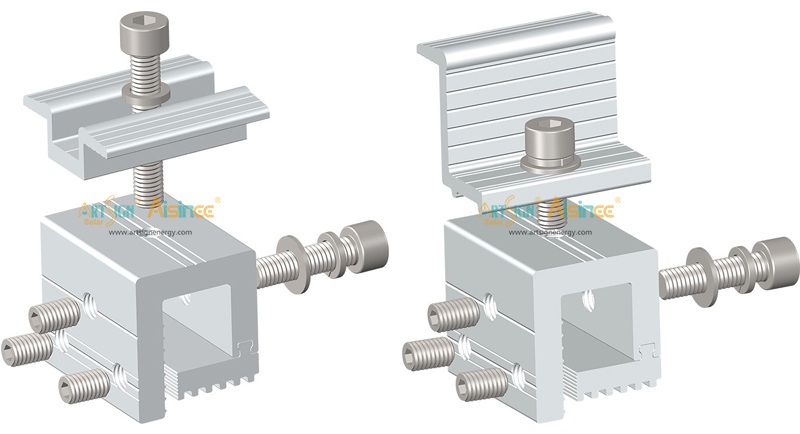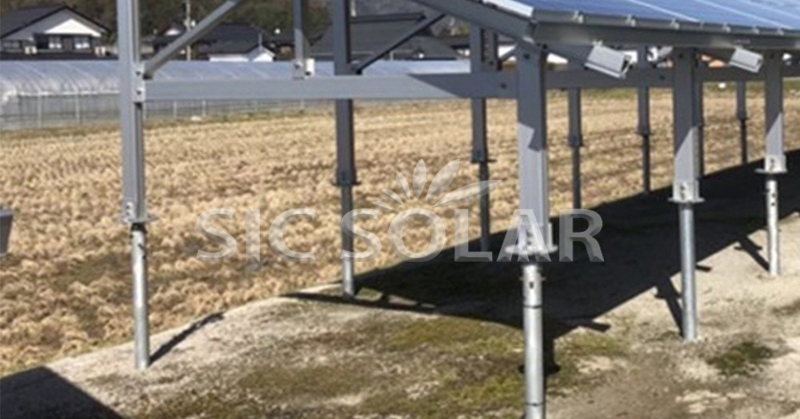CONSNANT Outdoor UPS Provides Stable Security for Kuwait's Desert Security
In Kuwait's vast desert, municipal security systems are crucial for ensuring regional safety. However, the harsh environment presents challenges: extreme temperatures exceeding 50°C, pervasive fine sand and dust, and an unstable mains power supply. Any power outage means monitoring failure, communication disruption, and a virtual failure of security.
♦ Core Pain Points: Three Challenges the Desert Environment Presents to Outdoor Power Supplies
1. Extreme Heat: Under sustained high temperatures, conventional UPS devices experience a rapid decline in battery life, leading to overheating and shutdown, making them virtually inoperable.
2. Pervasive Dust: Fine dust can penetrate equipment, causing short circuits and fan blockage, leading to a surge in equipment failure rates.
3. Unstable Power Supply: Remote areas experience frequent power grid fluctuations, with sudden voltage spikes and dips that can easily damage delicate security equipment.
♦ CONSNANT Solution: Outdoor UPS Tailored for Desert Security
Facing the challenging challenges posed by the Kuwait municipal project, CONSNANT, leveraging its extensive expertise in outdoor power, provided a professional, customized solution:
- Rugged Weather-Resistant Design: Our outdoor UPS utilizes a special alloy casing with a high IP55 rating and above, completely insulating its core components from dust and moisture. A unique active intelligent temperature control system maintains a constant internal temperature even in extreme heat, ensuring stable output across a wide operating temperature range of -25°C to 55°C.
- Excellent Power Management: Equipped with advanced voltage regulation and filtering technologies, it effectively handles power grid fluctuations, providing rock-solid, pure power to security equipment such as cameras and sensors, eliminating damage caused by power quality issues.
- Long-Lasting, Reliable Battery Life: Our optimized battery management algorithm for desert environments and the use of long-life battery packs ensure continuous, long-term power supply to security systems in the event of a municipal power grid outage, ensuring a foolproof and reliable operation.
Project Value: More Than Just Power, a Commitment to Safety
Project site:

- Pole/Wall Mounted Outdoor UPS 1KVA/800W
- Pole/Wall-Mounted Outdoor UPS is an outdoor power project solution specially designed for municipal transportation, security systems, and communications industries.
In the Kuwait Desert Project, CONSNANT outdoor UPSs became the "heart" of the security system, delivering uninterrupted power to critical nodes 24/7. We solved more than just power supply issues; we also:
- Improved the reliability of the municipal security system, ensuring seamless monitoring and always-on communication.
- Reduced system maintenance costs and frequency, with a durable design that stands the test of time.
- Provided a solid and reliable power infrastructure for Kuwait's urban security and public administration.
No matter the extreme challenges your project faces, CONSNANT is committed to providing stable and reliable power support in the world's most challenging environments through professional technology and customized solutions.
If you are interested in our products and want to know more details, please leave a message on the website!

